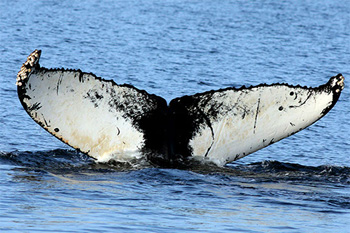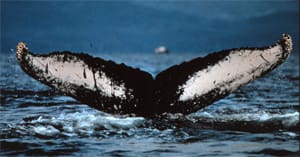CARIB Tails, a citizen science project, is enlisting cruising sailors to help track the movements of humpback whales between their North Atlantic feeding grounds and their breeding grounds in the wider Caribbean. They are asking for contributions of tail fluke photographs of humpback whales, critical data for conservation efforts. “Flukeprints” are a way of identifying individual whales.
Each humpback whale is identified by the black and white patterns on the underside of their tail flukes. Natural markings on the flukes captured through photography have allowed researchers to monitor the movements, health and behavior of individual humpbacks since this research began in the 1970s.
 |
|
Courtesy NOAA |
Cruisers who sight humpback whales are encouraged to photograph their flukes and upload them to the website caribtails.org.
The project works to expand the knowledge base of specific breeding areas for humpbacks that spend the spring and summer on Stellwagen Bank in the Gulf of Maine. This population breeds in the wider Caribbean region, especially the eastern Caribbean.
CARIB Tails is an international research collaboration between the National Oceanic and Atmospheric Administration (NOAA) and the United Nations.

